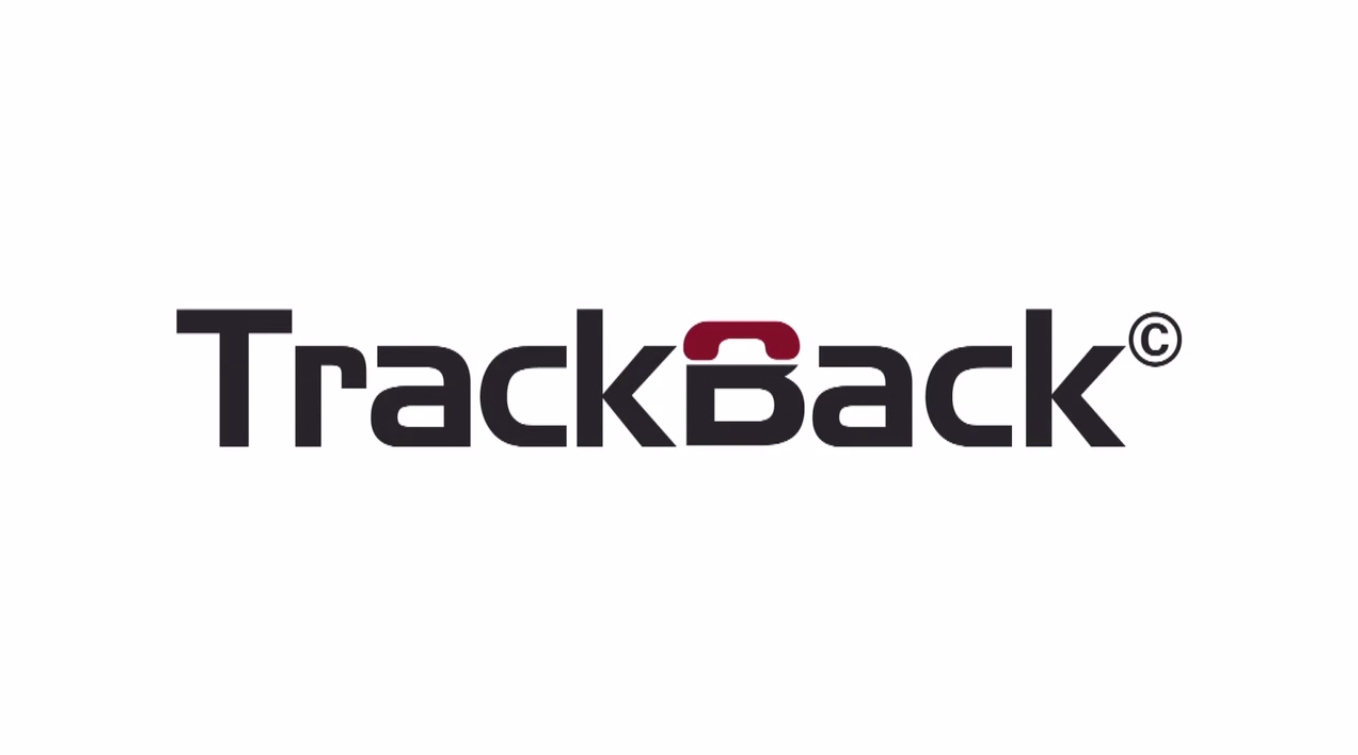 CRM systems help a business maintain and share an understanding of their customers’ relationships with that business. They might also help the business schedule a range of contact opportunities with their customers. Lead Management Systems (LMS) manage sales and support opportunities in a similar way, but are focussed on compelling customer contact staff, especially sales people, to be proactive and responsive to identified or presumed needs. It is also broadly true to say that CRM systems manage customer data whereas an LMS manages prospects to whose records additional insight might have been obtained from external sources.
CRM systems help a business maintain and share an understanding of their customers’ relationships with that business. They might also help the business schedule a range of contact opportunities with their customers. Lead Management Systems (LMS) manage sales and support opportunities in a similar way, but are focussed on compelling customer contact staff, especially sales people, to be proactive and responsive to identified or presumed needs. It is also broadly true to say that CRM systems manage customer data whereas an LMS manages prospects to whose records additional insight might have been obtained from external sources.
Both systems need to keep a record of what actions have been taken. For businesses like the car industry this can be extremely difficult because their customer and prospect staff rarely operate from a monitored office or call centre. They work in widely distributed dealerships who are, in the main, independently owned. So not only are their management and staff not under the direct control of the brands trying to maintain high quality relationships with their customers and prospects, they will also use a wide variety of IT and telecommunications. Keeping track of customer contact activity has therefore traditionally relied on the hope that dealership staff will manually update their manufacturer’s systems. This is not only time consuming, it can lead to inaccurate reporting, deliberate or otherwise, and is always, to some extent, out-of-date. In addition, as car manufacturers pour pressure on their dealers to make contact, an ‘absence of contact evidence is not evidence of an absence of contact’. The dealers may indeed be trying to do their job, it’s just that the lead is proving harder to convert than had been hoped – for a wide variety of possible reasons, all of which are hidden from the manufacturer.
CRM/LMS are software systems which typically inhabit the Cloud. When deployed in a call centre, for example, they can be integrated with telecom, email and messaging systems to provide this evidence of contact. But when deployed nationally or even internationally, their integration with dealer systems has proved virtually impossible due to the multiplicity of integration requirements let alone the vagaries of national telecom networks. This is why TrackBack was invented. What car manufacturer LMS/CRM systems required was a universal method of detecting contact activity – irrespective of the skills, location, IT and other circumstances of their customer contact staff. It had to work with what already existed.
TrackBack was first designed in 2005. Since then it has added customer contact reporting to a wide variety of CRM/LMS systems in many countries. It enables them to reveal the actual experiences of both customers and prospects as well saving sales and support staff all over the world the effort in manually updating them. It also saves them money by routing calls through bulk purchased low cost networks. And through the analysis of call recordings, it helps to reveal training opportunities as well as potentially important issues about which the manufacturers need to be alerted. In addition, when staff know their calls are being recorded, they perform better.
Manufacturers are happy because more calls are being made better and faster (TrackBack Email will be doing the same job for emails shortly). Dealers are happy because they provide automatic and incontrovertible feedback to their manufacturers about lead quality whist reducing administration and call costs. They also discover what their sales and support staff are really doing with their time. CRM and LMS suppliers are happy because their systems now have additional functionality which integrates seamlessly and transparently worldwide. And customers are happy because car companies and their representatives are now behaving proactively, responsively and with better training than they have been used to.




